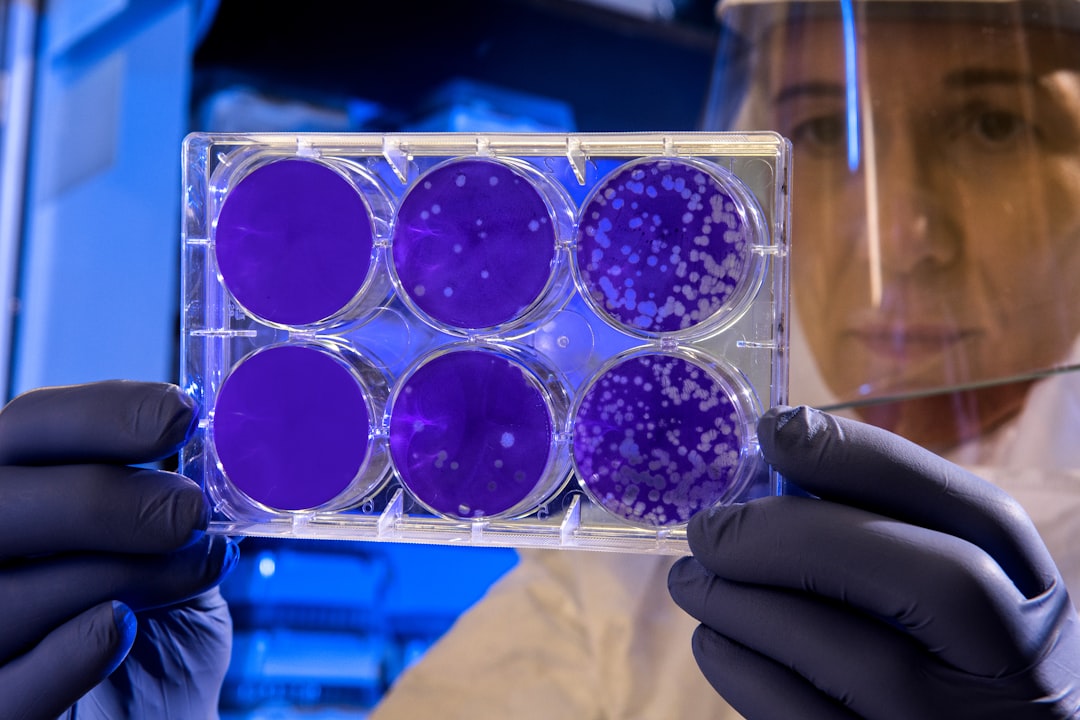What is it about?
The study provides an innovative approach for the selection of rainfall parameters for designing stormwater treatment systems taking into consideration both, stormwater quality and quantity. Selecting smaller events with high intensity-short duration as the threshold for the design of treatment systems is the feasible approach since these events cumulatively produce a major portion of the annual pollutant load compared to the other types of rainfall events, despite producing a relatively smaller runoff volume. This confirms that designs based on small and more frequent rainfall events rather than larger rainfall events would be appropriate in the context of efficiency in treatment performance, cost-effectiveness and possible savings in land area needed.
Featured Image

Photo by Tarek Badr on Unsplash
Why is it important?
The current approach for protecting the receiving water environment from urban stormwater pollution is the adoption of structural measures commonly referred to as Water Sensitive Urban Design (WSUD).The treatment efficiency of WSUD measures closely depends on the design of the specific treatment units. As stormwater quality is influenced by rainfall characteristics, the selection of appropriate rainfall events for treatment design is essential to ensure the effectiveness of WSUD systems.
Perspectives
This paper details a technically robust approach for the selection of rainfall events for stormwater treatment design using a three-component model.
Professor Ashantha Goonetilleke
Queensland University of Technology
Read the Original
This page is a summary of: Selecting rainfall events for effective Water Sensitive Urban Design: A case study in Gold Coast City, Australia, Ecological Engineering, July 2016, Elsevier,
DOI: 10.1016/j.ecoleng.2016.03.030.
You can read the full text:
Contributors
The following have contributed to this page










